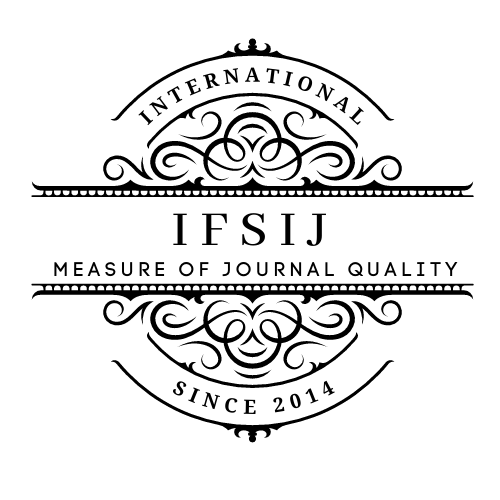THE IMPORTANCE OF CLINICAL AND PATHOMORPHOLOGICAL CRITERIA IN ENHANCING THE EFFECTIVENESS OF GASTRIC RESECTION
Keywords:
obesity, sleeve gastrectomy, bariatric surgery, pathomorphology, gastric tissue, resection volume, parietal cells, fibrosis, individualized treatment.Abstract
Due to the limited efficacy of conservative approaches, bariatric surgery—particularly sleeve gastrectomy—has been widely adopted for obesity treatment. This method influences hormonal balance, enhances satiety, and stabilizes metabolism. However, the variability of clinical outcomes and the occurrence of postoperative complications or relapses in some patients highlight the need for individualized approaches. From this perspective, identifying pathomorphological changes in gastric tissue and their correlation with clinical criteria for determining the extent of resection is of critical importance. This article analyzes the results of clinical and pathomorphological studies to emphasize the role of resection volume, hyperplasia, fibrosis, parietal cell status, and hormonal activity in the development of personalized surgical strategies.
Downloads
Published
Issue
Section
License

This work is licensed under a Creative Commons Attribution-NonCommercial-NoDerivatives 4.0 International License.















